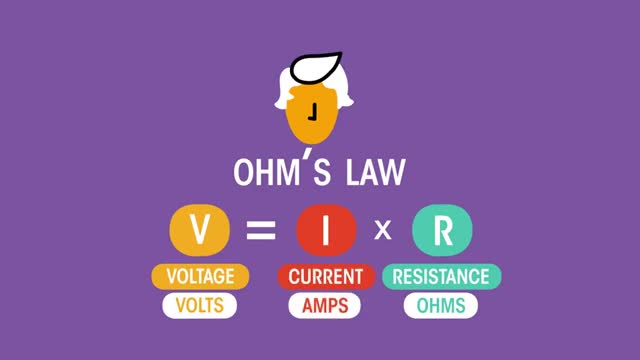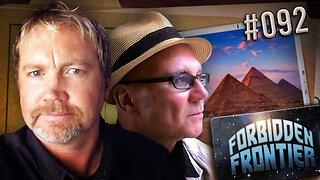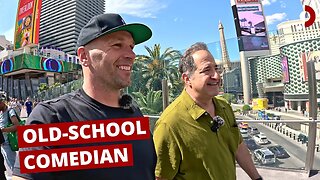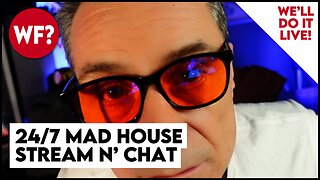Premium Only Content

Resistors | Electricity | Physics | FuseSchool
Resisting means to withstand something and that’s what electrical resistors and resistance in an
electrical circuit does. In this video we’re going to learn about electrical resistance and resistors.
An electric current is the flow of electric charge (composed of negative electrons) through a
conductor. It is measured in coulombs per second also known as amps or amperes. The conductor is made of atoms joined in a metallic lattice of free electrons. As the current flows through the
conductor, the electrons collide with the atoms. Energy is thus transferred for example to heat. This
explains why a wire, with electricity flowing through it, often feels warm to the touch.
CREDITS
Animation & Design: Jean-Pierre Louw (behance.net/Jean-Pierre_Louw)
Narration: Dale Bennett
Script: Bethan Parry
SUBSCRIBE to the FuseSchool YouTube channel for many more educational videos. Our teachers and animators come together to make fun & easy-to-understand videos in Chemistry, Biology, Physics, Maths & ICT.
VISIT us at www.fuseschool.org, where all of our videos are carefully organised into topics and specific orders, and to see what else we have on offer. Comment, like and share with other learners. You can both ask and answer questions, and teachers will get back to you.
These videos can be used in a flipped classroom model or as a revision aid.
-
 2:13:14
2:13:14
Nerdrotic
5 hours ago $6.27 earnedMegalithomania! with Hugh Newman and Andrew Collins | Forbidden Frontier #092
39.2K16 -
 38:41
38:41
Sarah Westall
6 hours agoHealth Freedom Under Attack, Dr Robert Young Found Guilty on Suspicious Victimless Crime, Matt Hazen
24.1K4 -
 LIVE
LIVE
Vigilant News Network
5 hours agoDataRepublican Exposes the Shadow Government’s Darkest Secrets - Exclusive Interview | Media Blackout
1,774 watching -
 31:39
31:39
Peter Santenello
1 year agoStories From Vegas' Golden Era 🇺🇸
33K24 -
 LIVE
LIVE
The Why Files
9 hours agoLIVE: The Why Files 24/7 Stream n' Chat
1,246 watching -
 55:15
55:15
Russell Brand
1 day agoThe Truth About Big Pharma & COVID with Dr. Aseem Malhotra
151K7 -
 1:19:48
1:19:48
The Rubin Report
9 hours agoWhat the Trump Administration Must Do Instead of Revenge | Peter Thiel
109K163 -
 1:59:00
1:59:00
Steve-O's Wild Ride! Podcast
3 days ago $35.57 earnedPatrick Bet-David DESTROYS Steve-O's Dad - Wild Ride #252
136K48 -
![[XboxONE] GRINDING 1000g FC24](https://1a-1791.com/video/fwe1/01/s8/1/y/k/I/o/ykIoy.0kob-small-XboxONE-GRINDING-1000g-FC24.jpg) 3:29:15
3:29:15
deathbee
13 hours ago[XboxONE] GRINDING 1000g FC24
91.9K10 -
 1:08:32
1:08:32
Winston Marshall
1 day agoThe HIDDEN Agenda: Congresswoman Hageman UNCOVERS USAID Fraud, Censorship and Human Trafficking
119K139